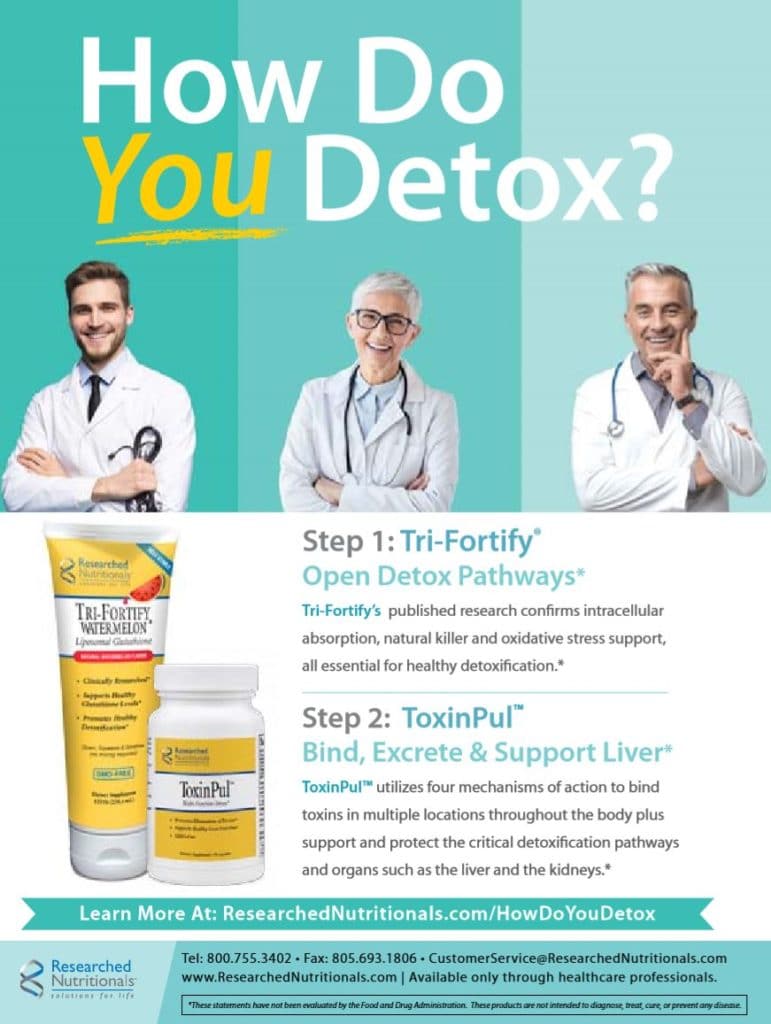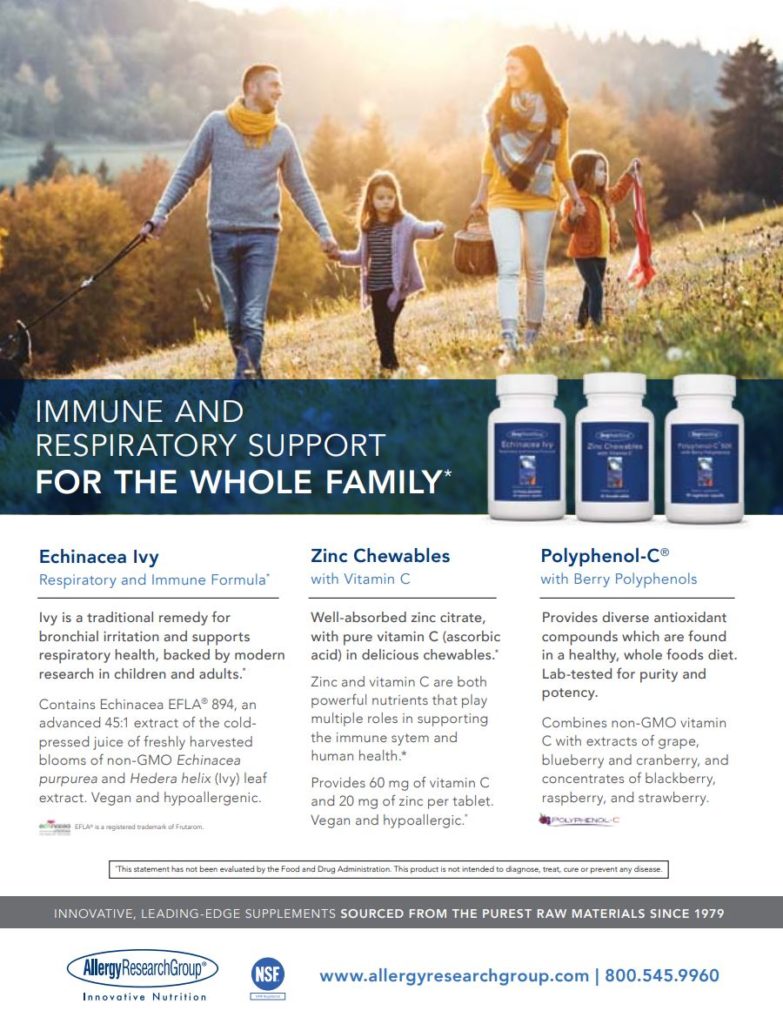: Favorites from 2020
Tori Hudson, ND
More Ways to Reduce Breast Cancer Risk
There are two recent studies that I want to call attention to, that are relevant for our continued efforts to reduce the risk of breast cancer. The first addresses the issue of weight loss. In post-menopausal middle-aged women who lose weight and actually are successful in keeping it off, their risk of breast cancer is lower. Researchers studied over 180,000 women who were 50 years old or older and had their weight recorded three times over about 10 years. (wow—only 3 times!!!). The follow-up period for assessing invasive breast cancer started after the last weight measurement.
Over a period of eight years, more than 6,900 invasive breast cancers occurred. After the researchers adjusted for baseline body mass index, the use of hormone therapy or not, and other select issues, women who had lost 2.0-4.5 kg and were successful in keeping the pounds off, had a 13% lower risk for breast cancer compared to women who had no weight loss and had stable weight. In those who kept off 9 kg or more, had even better results with a 26% reduction in risk. (1 kg = 2.2 pounds). These benefits of weight loss and maintaining weight loss were strongest among overweight and obese women, meaning a body mass index of more than 25, and also among women with no history of using postmenopausal systemic hormone therapy.
Bottom line: If you are overweight and 50 or older, make every effort to lose weight, a minimum of 4.5-10 lbs. and maintain that weight loss—even better risk reduction if you achieve 20 lb. weight loss and maintain that.
Teras L, et al. Sustained weight loss and risk of breast cancer in women ≥50 years: a pooled analysis of prospective data. JNCI: Journal of the National Cancer Institute, 2019. (early release online)
The second study is likely more controversial as is common with environmental exposures and disease risk and incidence. In an observational study of approximately 47,000 women in the US, questionnaires about their use of hair care products was used to assess breast cancer risk. These women were followed over eight years. At entrance to the study, women did not have a history of breast cancer but did have at least one sister who had a breast cancer diagnosis. Over the course of follow-up, 2,800 breast cancers were reported and after analysis, any use of permanent hair dye in the prior year was associated with a 9% increase in breast cancer risk, which is considered statistically significant. The risk was even greater for black women in the US, with an increased risk of 45%. Hair straighteners were less risky but did have an increased risk if they were used at least every five to eight weeks.
We know from other research that the chemicals found in human hair dye have been shown to cause mammary gland tumors in rats when those animals are exposed to those same chemicals. We also know that some hair straighteners contain formaldehyde, which is a known carcinogen.
These results on hair dye and hair straighteners are a part of a larger study called the Sister Study. The Sister Study is an ongoing study by scientists at the US National Institute of Environmental Health Sciences (NIEHS) that includes 50,884 women living in the United States and Puerto Rico. The women joined the study between 2003 and 2009. The women were between the ages of 35 and 74 when they joined the study and none of the women had been diagnosed with breast cancer, but all had at least one sister who had been diagnosed. The Sister Study is looking at the causes of breast cancer and other health issues in women, as well as factors that influence quality of life and outcomes after a breast cancer diagnosis.
Bottom Line: Go au natural on the hair color and hair structure. Mother Nature is a beautiful thing!!!
Eberle CE,et al. . Hair dye and chemical straightener use and breast cancer risk in a large U.S. population of black and white women. Int J Cancer; [Online 4 December 2019].
Could Curcumin Be an Option for Hot Flashes?
The most common symptom women experience in perimenopause and menopause is hot flashes—day and or night. They are also called vasomotor symptoms, which are a sudden feeling of heat, burning and/or sweating with a slight increase in body temperature due to increased metabolic rate and vasoconstriction in the periphery. These fluctuating levels of estrogen, and ultimately low levels of peripheral estrogen, affect the hypothalamus temperature control center and the central nervous system, which eventually alters the levels of neurotransmitter activity, including serotonin and norepinephrine—all of which lead to causing the hot flashes.

Anxiety is also a common issue in perimenopause/menopause although it is complex but can include the loss of self-confidence, the sleep disruption, less activity and mobility, financial stressors, and possible an increase in other chronic illnesses that come with aging.
A study out of Iran chose to investigate a combination of curcumin and vitamin E for hot flashes and anxiety in menopausal women. The polyphenols in turmeric and thus the essential turmeric compound curcumin have anti-inflammatory and antioxidant amongst its many mechanisms of action. Vitamin E contains tocopherols also with antioxidant activity. Oxidative stress can be induced by menopause and thus a resulting imbalance between free radicals and antioxidants. While perhaps not a strong choice to investigate for hot flashes and anxiety, this triple-blind randomized controlled trial enrolled women ages 40-60 years who were less than six years postmenopausal and had hot flashes at least twice per week. Participants were divided into three groups with one group receiving a curcumin capsule of 500 mg twice daily for eight weeks A second intervention group received oral vitamin E 200 IU twice a day for eight weeks. The third group received placebo twice daily for eight weeks.
Out of 320 menopausal women who were questioned, 160 women entered the study, and 93 women chose to participate. Each group had 31 women in it to start. Women completed the hot flash questionnaire one week before starting the intervention and again at four and eight weeks. They also filled out an Anxiety Scale form, and the Female Sexual Function Index (FSFI), and the Greene Climacteric Scale.
The average number of hot flashes in the curcumin group and vitamin E group was significantly lower than the placebo group after eight weeks. The first significant difference appeared in the curcumin group after four weeks. There was no effect of vitamin E on hot flashes compared with placebo, after four weeks, but was observed at the end of the eight weeks. This study seemed to report just number of hot flashes, not severity. There were no differences in anxiety, sexual dysfunction, or other menopause symptoms between curcumin, vitamin E, and placebo.
Commentary: Older research on vitamin E is mixed, and I’ve never included it as a robust option for vasomotor symptoms. Curcumin is an interesting choice as there is some PMS and depression research showing efficacy for mood and effects on serotonin. Since serotonin alterations do have a role in vasomotor symptoms, it seems like it is a possible therapy to pursue. Certainly, curcumin has a long list of other conditions that are relevant to aging women, including osteoarthritis, insulin resistance and aging vascular endothelial function relevant to cardiovascular disease. By and large, I will think of curcumin and vitamin E for other conditions other than vasomotor symptoms, although menopause is fraught with a laundry list of symptoms, including vasomotor symptoms, depression, arthralgias and weight gain. Curcumin in particular would be a logical choice when a woman has multiple symptoms and maybe not just vasomotor symptoms. But again, based on the results of this one study, curcumin could be considered an option for treating the pesky number of hot flashes and night sweats.
A note of concern about the legitimacy of this study: Studious and meticulous readers of research, colleagues of mine, have some concerns about at least some of the botanical and nutraceutical research coming out of Iran. In this study, a concern that has been pointed out involves the Iranian Registry of Clinical Trials (IRCT) document; the registration date was June 23, 2018. The expected recruitment start date was July 4, 2018, and the expected recruitment end date was October 5, 2018. For most studies, that would be an unrealistically short time period for assessing 320 women. Also, the IRCT document says, “Recruitment complete,” which does not seem possible if the recruitment had not started when the study was registered (and there have been no updates to the registration document).
Ataei-Almanghadim K, et al. The effect of oral capsule of curcumin and vitamin E on the hot flashes and anxiety in postmenopausal women: A triple blind randomised controlled trial. Complementary Therapies in Medicine. 2020; 48:102267





